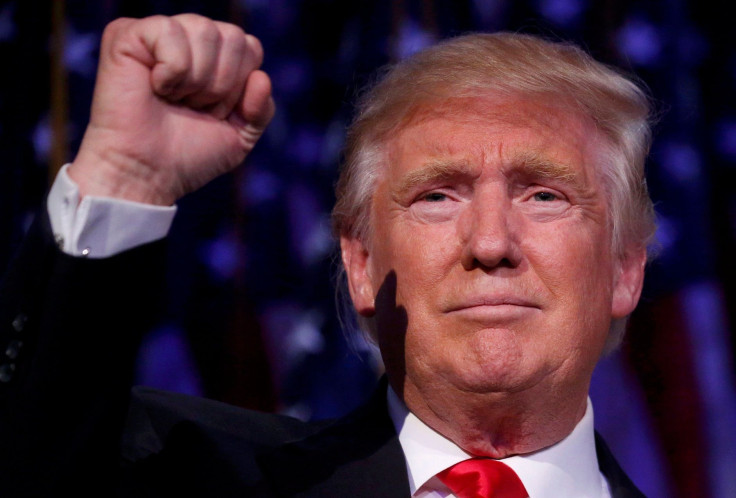Trump to withdraw Trans-Pacific Partnership trade deal on day one

US President-elect Donald Trump has released a video revealing about his policy plans for first 100 days in the White House. He has laid out a series of actions that he will undertake on his first day at the White House, and those include the withdrawal of the US from Trans-Pacific Partnership trade deal.
While Asia Pacific leaders said in the Peru meeting that Trump’s withdrawal would not affect their decision to pursue the deal, Japanese Prime Minister Shinzo Abe, on the other side, has stated that the deal will be meaningless without the participation of the US. “The TPP would be meaningless without the United States,” Abe said and added, “This would disturb the fundamental balance of benefits.”
However, Australian Prime Minister Malcolm Turnbull is hopeful that Trump might change his mind. “It may well be over time that the TPP is embraced by the United States. Perhaps in the same form it is today, perhaps in a different form,” said Turnbull.
What is TPP?
Trans-Pacific Partnership or TPP is a trade deal signed by 12 countries, including the US, Japan, Australia, Malaysia, New Zealand, Canada, Vietnam, Singapore, Mexico, Chile, Brunei and Peru in February 2016. The deal hasn’t been ratified as yet.
The agreement aims to deepen economic ties between the twelve nations, lower tariff and non-tariff barriers, and hence, foster trade in order to boost growth.
Why does Trump want to quit TPP?
In the released video, Trump has stated that his actions will be based on the agenda of “putting America first.” He said that TPP is “a potential disaster for our country.” He would rather “negotiate fair bilateral trade deals that bring jobs and industry back.”
Apparently, just like the critics, Trump also believes that the deal will harm the US economy, as driven by big businesses and being carried out in extreme secrecy.




















